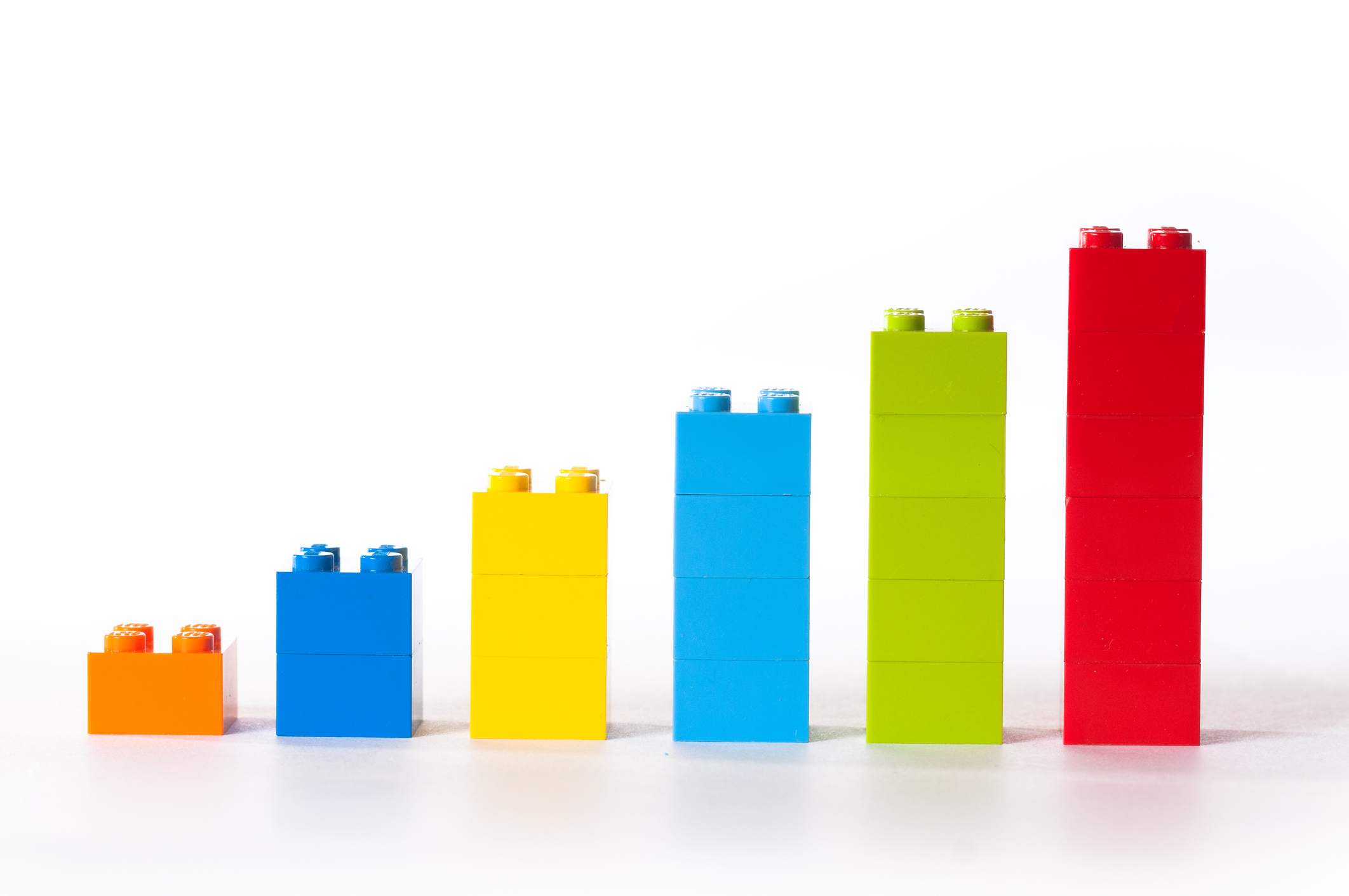I was just reading this blog post on whether or not infographics needed to evolve, and it’s prompted me to write a blog series of my own on the topic.
Because bad infographics make my eye twitch, and they seem to be ALL over the place nowadays!
Have the infographics of recent years become boring and unhelpful? In my book, yes. (Oh heck yes!)
But this is not because they aren’t well-designed for web 2.0 interactivity or other such nonsense.
They simply aren’t well designed as infographics.
Here’s what I mean.
Revisiting the Infographic
What IS an infographic, anyway? A quick jaunt over to Wikipedia tells us that
Information graphics or infographics are graphic visual representations of information, data or knowledge intended to present complex information quickly and clearly.
I think that’s a fair statement. And it’s also the number one thing designers seem to forget when creating infographics. Infographics are intended to present complex information quickly and clearly.
Bad Infographic, Good Infographic
So let’s do a quick little comparison of infographics about infographics to see how they do.
Here’s one from visual.ly that I use in my Bad Infographic, Good Infographic workshop:

Things not quite clear yet? Okay, let’s look at another one from visual.ly:

Can you see the difference?
The Difference
The first one is decorative. It’s got graphics and venn diagrams and color schemes and text up the wazoo. But, in my humble opinion, it’s trying to communicate too much information in an ineffective way. Why is it ineffective? Because I don’t know what my takeaway is supposed to be after viewing that infographic. If I had to go from memory, I’d say that an infographic has something to do with Big Ben, because that’s the image that I most remember from that whole slideument of a document.
The second one, on the other hand, may have decorative graphics, but they all add to the message: an infographic is data sorted, arranged, and presented in a visual way. (And I’m typing this without looking at the images right now, too.)
When you create an infographic, you are making visual sense out of complex data. But do others actually understand the point you’re trying to get across? If so, congratulations! You’ve got an effective infographic on your hands.
If not, you may want to rethink your design and stay on point.
In my next blog post, I’ll walk you through the four steps to do exactly that.


Oh boy! I must admit I took some time to fully understand what you mean. My geeky brain didn’t get to the point. Why the second is better? The first one has figures, stats, some history… the second one is just… pictures. Then I realized: the question is simple “What is an infographic?” and my premises were wrong.
…you are making visual sense out of complex data. But do others actually understand the point you’re trying to get across?
Good lesson learned! Thank you Jeannel!
You’re welcome, Mauro! And thank you for your “geeky brain” insight, too! ;^) So important to hear…
Hi,
Actually, I liked the first one better. It may not be presenting a lot of data but it’s:
1. Visually far more appealilng
2. Has a lot of information that is useful to me.
3. It meets to Wikipedia definition
Yes, it answers the question “What is an infographic” more vaguely than the other but visually, the first one is more attractive.
What am I unable to understand here?
Hi Aman,
From a visual/aesthetic standpoint, I also like the first one better. It’s “prettier” to my eye. In a form vs. function challenge, the green one takes the “form.” However, when I check my recall, retention, and usability of the information shared between the two, the second one wins every time. (I’m not looking at either one of them right now, but all I ever seem to remember from the first one is the clock tower and the green background. The other one I can remember that an infographic is data that’s been sorted, arranged, and visually presented.)
But that raises a question about the purpose of the infographic you create or choose to consume. From my perspective, an infographic is a tool to enhance understanding and communication. So I tend to weigh more heavily on the “function” side – how effectively does the infographic actually get across the information it wants to share with me? I’ve noticed that the designers I’ve spoken with tend to like the ones that are more appealing to the eye – focusing on the form of the document. The trick, I suppose, is to find the right balance for you and your audience between form (looking pretty) and function (effectively sharing information I can remember and use.)
So I guess the question comes down to: what is the function of a vague-yet-attractice infographic?
Thanks for adding the perspective, Aman! I’m enjoying the conversation! :^)